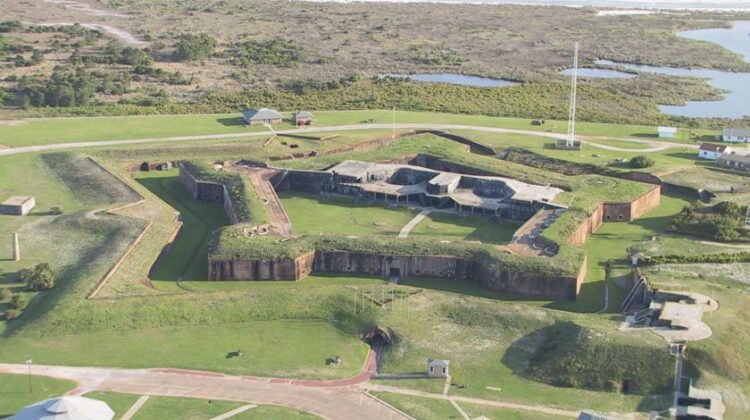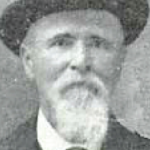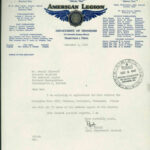
By RUSSELL BAILEY
Tipton County Historian
Mobile, on the eve of the War Between the States, was Alabama’s leading city and one of the most important in the South with a population of 29,000 in 1860. In 1814, General Andrew Jackson had captured the city. Fifty years later, another Andrew Jackson, commanding Tennessee artillerymen, was amongst her defenders.
Andrew Jackson III was born April 4, 1834. He was a son of President Jackson’s adopted son. Andrew III attended the Western Military Academy as well as the Kentucky Military Academy before graduating from the United States Military Academy at West Point. He served as an army lieutenant from 1858-1861. In May 1861, he was commissioned a lieutenant in the Tennessee Artillery Corps. Promoted to Captain of Company F., Captain Jackson’s Battery was stationed in Memphis at the foot of Jefferson Street during July. On Aug. 2, General Gideon Pillow requested Jackson’s Battery be sent to Fort Pillow and where it was posted by mid-September. The battery was at Pillow as late as Oct. 25 1861. In early September Captain Jackson served at Columbus, Ky. and Island No. 10, and back to Fort Pillow before May 1862 when the heavy artillery regiment was organized with Jackson elected Colonel, Robert Sterling of Jackson, Tennessee Lieutenant Colonel and F. W. Hoadley, Major.
Upon Jackson’s promotion to Colonel, Lieutenant Charles H. Braun was promoted Captain of Company F, now designed 2nd Company C of the Heavy Artillery Regiment. Braun and his company left Madrid Bend on April 7, 1862 and reached Memphis with 66 men.
Jackson’s Tennessee cannoneers served honorably during the siege of Vicksburg until the surrender. From Vicksburg the artillerymen went to parole camp at Enterprise, Miss. and then Demopolis, Ala. From there they traveled to Atlanta and on to Marietta, Ga. On Nov. 21 1863, Major General Dabney H. Maury requested the First Tennessee to be ordered to Mobile in exchange for a battalion of infantry. Colonel Jackson’s men were declared exchanged Dec. 6, and ordered to Mobile on the 11th. From there the command was ordered to the Appalachee Batteries, Dec. 20, 1863.
A Northern newspaper described the Confederate defenses south of Mobile in late 1864:
“Fort Morgan is situated on the extremity of a narrow peninsula, which extends like the toe of a boot from the southern coast of Alabama. The main entrance to the bay is by a channel which runs close to this fort, and which is about one mile wide. To the west-northwest of Fort Morgan is Dauphin’s Island, on which is Fort Gaines, and between this Island and the main land, on the west side of Mobile Bay, is Grant’s Pass, by which New Orleans steamers run to Mobile. Grant’s Pass…(is) dominated by Fort Powell…(in), the water approaches to Mobile.
About three and a half miles east of Fort Morgan, in the rear of that fortification, is a narrow place called Cove Tree where the peninsula is less than a half-mile wide. Within the bay, on the north side of this peninsula, the water is deep enough to allow gunboats to approach within short range, and on the outer or southern side of the peninsula, is also approachable by the war vessels.
Still farther eastward, about eight miles from Fort Morgan, is another narrow portion of the Peninsula, at a point called ‘Edith’s Hammock,’ where forces can be landed, or at least where the rebel communication can be cut off by a cross fire from our gunboats. Fort Morgan is supplied every two weeks with provisions and it is not probable that a very large stock is accumulated in the fort.”
Continued.





